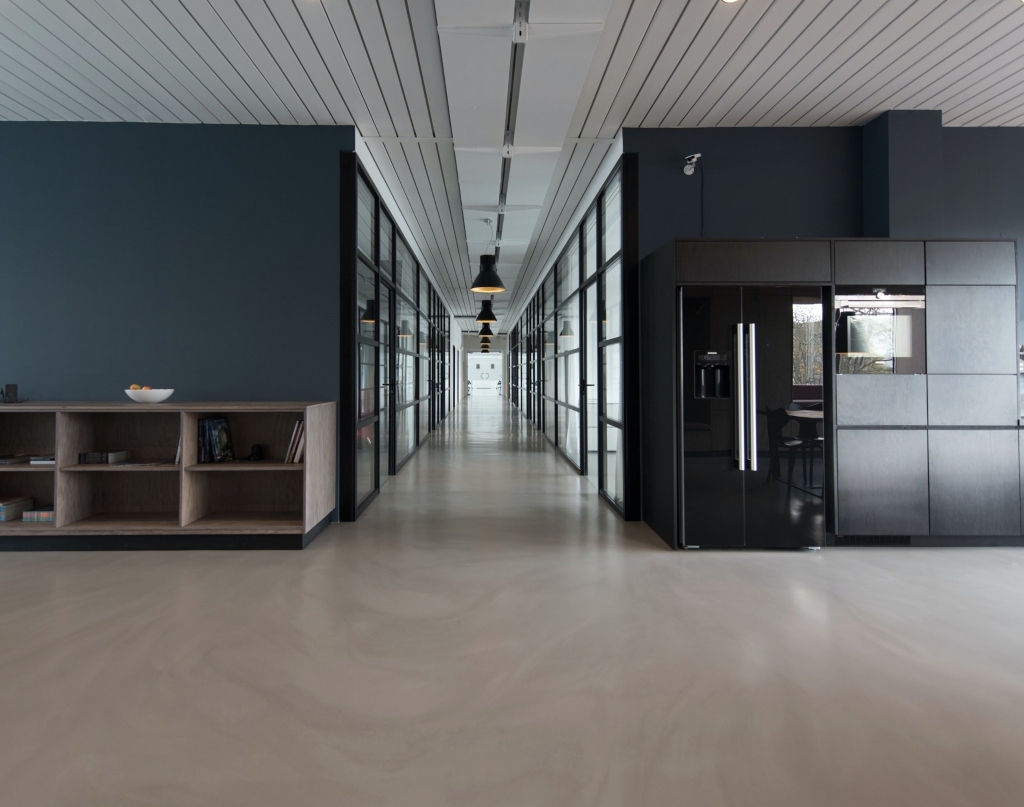In a continuing period of uncertainty, the next big challenge on the horizon that businesses and HR teams will have to tackle is preparing employees for the return to the office.
After more than a year of remote work and furlough for many, transitioning back to the office will certainly have its challenges for employers and employees alike.
As Caroline Walsh, VP, Team Manager at Garner puts it, “It’s clear that the challenge of returning to the workplace isn’t just an operations challenge; it’s a human one”.
Happily, a human-first approach is the one being taken by many, as we’ll see shortly.
The end of WHF guidance
On the 21st of June, government guidance to work from home in the UK is set to officially end*. It seems like years ago that this all started, and it’s hard to say whether this will be the last lockdown we have to deal with. But, with vaccines rolling out steadily, the time seems right for many of us to take our first steps back into the traditional workplace.
Anxiety about the return to work
Employees are now moving back to the office, and physical businesses are once again opening their doors. But just because we’re transitioning back to work after COVID, that doesn’t mean the anxieties we’ve all been living with during the pandemic have magically disappeared.
In fact, on top of all the worries we’ve had over the past year, the prospect of a move back to the office can be an anxiety-inducing experience for many. Employees may well be asking:
- Will it be safe?
- Will I still enjoy working from the office?
- What will the commute be like?
- Will it mess with my work-life balance?
All of these, and many more, are perfectly natural concerns that may be plaguing your people. It is paramount that we keep this in mind as we design our ‘back to work’ processes.
So what should we be focusing on?
Research this year has shown the most pressing concerns of HR and employees alike fall in to two categories; assessing the readiness of staff to return to the workplace and making sure it is safe to do so with appropriate distancing, sanitization and compliance measures in place.
But beyond these absolute basics, businesses have a huge opportunity to reshape the way in which offices and indeed working in general operate to create a better employee experience that people want to be a part of. Start with these three questions:
- Do we need to be back in the office?
It still sounds revolutionary we know, and for most businesses it will feel like a step too far. But it is entirely possible to conceive of a future where some of the biggest names in business no longer operate from a central HQ.
In fact, some were already doing that long before the pandemic struck. WordPress parent company Automattic were running a fully remote workforce as early as 2012. Their CEO Matt Mullenweg is a well-known champion of businesses being geo-diverse and not relying on a traditional office. In his words “talent and intelligence are equally distributed throughout the world, but with a central office, opportunity is not. By building a distributed workforce we can bring in the best people no matter where they live. That approach means we have a better business”.
But looking at just the last year, a number of huge names have publicly stated they do not envisage a need to return any staff to the office. Twitter, Salesforce and even Ford have all opted for a future with less (or no) requirement for staff to be in the office.
- Do we need all our people back in the office?
One approach being taken by many businesses including PWC, Google and Nationwide, is to operate a model whereby only those employees whose roles are deemed to be office-centric need to come back.
Why have everyone in the office if they a) don’t need to be there and b) have shown they can be as productive, if not more so, working away from the office?
This solution allows for smaller offices to be closed, or the size of HQ buildings to scale back, whilst providing the majority of employees (in most cases) the flexibility to work where they choose.
- What do our people need to manage this next transition?
We all know that the secret to success on any business transformation project is employee buy-in. Without it even the best-laid plans can come crumbling down.
Leaders, managers and HR need to lead with empathy here and recognise that while all of us have been through this crisis, not all of us have had the same experience. Some of your people will have pre-existing health conditions that increased their risk of serious COVID-19 infection; some people will have lost loved ones to the virus; some will be new parents stressing about the impact of suddenly turning family life upside down with a full return to work. Understandably these groups of people may well be ultra-resistant and anxious about a return to the office. Sensitivity to the varying realities we’ve all been living since early 2020 is vital here.
Re-acclimating your onsite teams will present a significant challenge for executives who will need a solid communication strategy that offers flexibility in speaking to all your employees, no matter where they are working in the short term. At the heart of that strategy needs to be an understanding of the requirements of all your people in what will make them feel comfortable being back in the office.
Our top tip: Engage with your people
This might sound simple, but we know many businesses overlooking this. The most important thing HR can be doing in a run up to a mass return to the office is speaking with employees.
Find out how they are feeling about coming back to the office. Ask them how their COVID experience has been. Discover their anxieties, what they are looking forward to, where they feel challenges lie for them. Do this on an individual basis – focus on the ‘human’ in human resources.
Whether this is done via a series of stand-ups on Teams, employee check-ins, 1:1s or even surveys is down to you. But engage with your people, get their feedback and use that to shape the future of your workplace.
*At time of writing, work from home may now be delayed, pending Government detailing restrictions.









